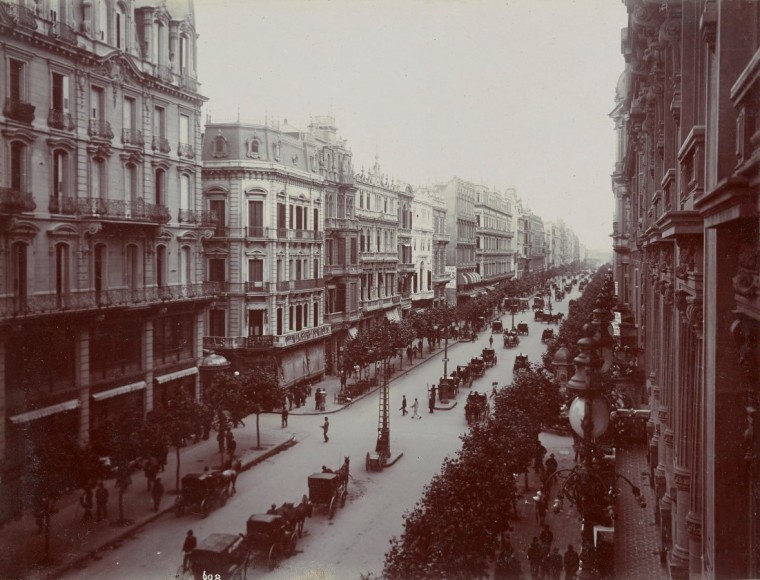LOS ANGELES, California — Want to immerse yourself in the fascinating worlds of Latin American and Latino art? Then you definitely want to pay a visit to Southern California.
Pacific Standard Time: LA/LA has been drawing enthusiastic crowds since it started in September; it's one of the largest artistic initiatives to focus on Latino and Latin American art in the United States. Focusing primarily on modern and contemporary work, with ancient and pre-modern worlds providing context, PST is showcasing works in more than 70 institutions throughout Southern California. PST goes through the end of January 2018 though some individual exhibits go beyond that.
“It’s been so gratifying to see that art history has expanded to be more inclusive of Latin America and other cultures that were previously considered to be marginal or irrelevant,” said Patricia Phelps de Cisneros, a Venezuelan-born art collector and philanthropist who focuses on Latin American modernist and contemporary art from South America. Her collection of Brazilian and Argentinian Concrete and Neo-Concrete artists is one of the exhibits.
RELATED: Renowned Chicana Muralist Barbara Carrasco's Landmark Piece is Finally 'Uncensored'
“We’re in very troubling times which only gives us more energy to explore the many ways in which our American histories, North and South of the border, are united and in continuous dialogue,” Cisneros told NBC News.
With more than $16 million in grants from the Getty Foundation, the massive initiative gives art enthusiasts plenty of exhibits to visit, in museums and established institutions as well as in small, community-based centers, from San Diego to Santa Barbara and Los Angeles to Palm Springs.
Art lovers can buy individual tickets to the various exhibits or jump on gallery hops through Eventbrite and tour several shows in one day. In addition to visual artwork, PST offers numerous musical and public programs, partnering with institutions such as the LA Philharmonic, the Music Center and University of Southern California’s Annenberg School for Communication and Journalism.
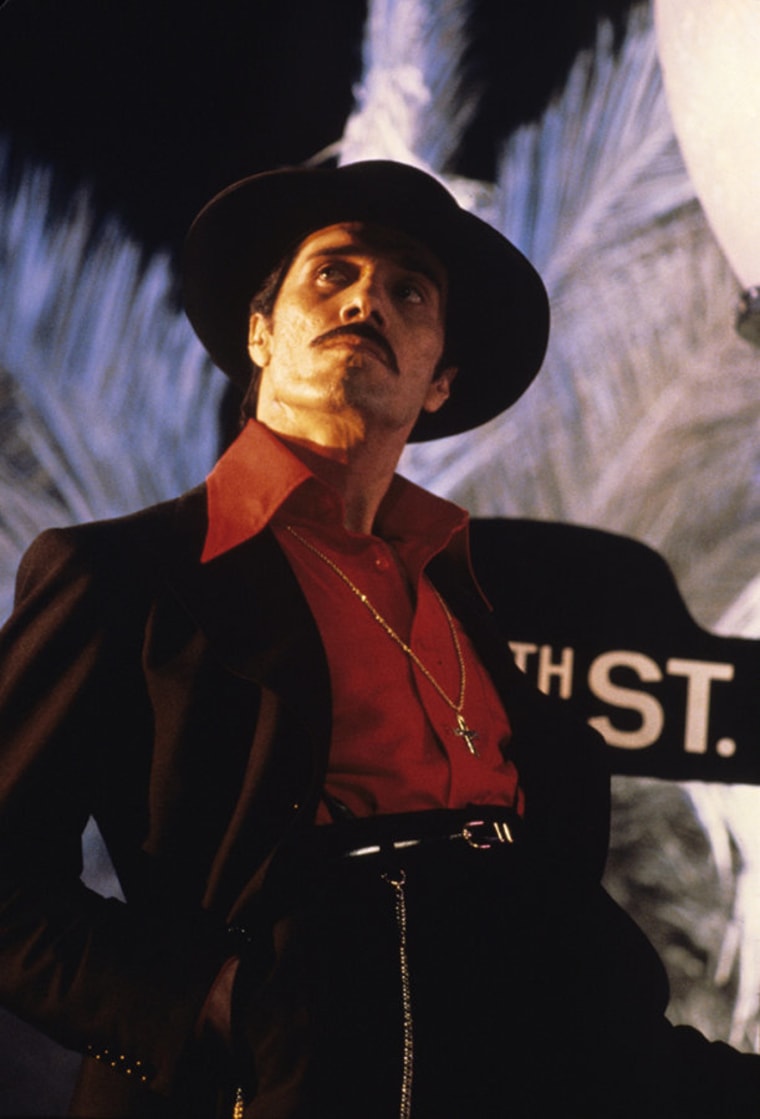
“A lot of the art people are seeing this for the first time, and they’re seeing it on the West Coast and in the U.S.,” said Selene Preciado, program assistant with the Getty Foundation.
The initiative started almost 5 years ago, and the theme was developed as part of the history of Los Angeles — a city technically born in Latin America, since the city was still a part of Mexican territory when it was founded and its metropolitan area is home to the nation's largest and well-established U.S. Latino communities.

Exhibitions include work from across Latin America, the U.S. and the Caribbean. It includes ancient art, such as the Getty Center’s “Golden Kingdoms: Luxury and Legacy in the Ancient Americas,” an exhibit showcasing art from the royal courts of the Maya, Incas, and Aztecs, to U.S. Latino cultural history, such as the Academy of Motion Picture Arts and Sciences presentation of, “Latin America to Hollywood: Latino Film Culture in Los Angeles 1967-2017” and "La Raza," an exhibit about the bilingual newspaper that became the voice of the Chicano movement.
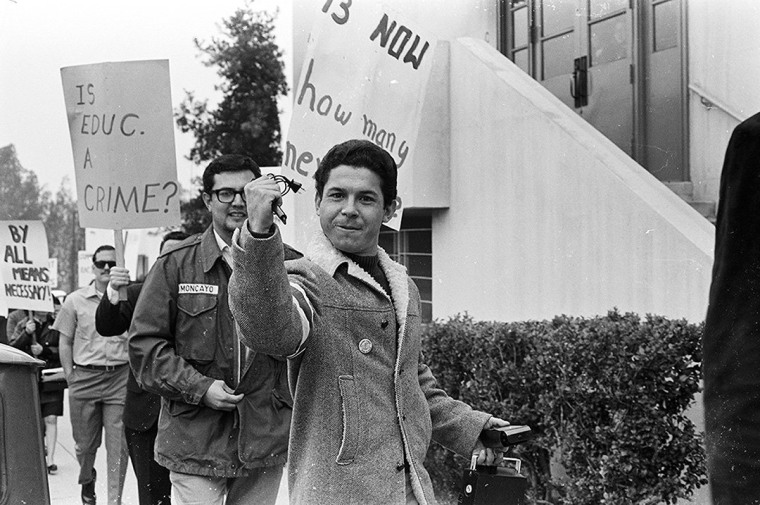
Other exhibits include Annenberg Space for Photography’s, “Cuba Is," an exhibit focused on the complexities of modern-day Cuban life to "Video Art in Latin America," the first exhibit to tackle this subject from 1960s to today.
PST LA/LA is the second Pacific Standard Time initiative fueled by grants from the Getty Foundation. The first show, PST 1945-1980, began in 2002 with archival grants to identify and preserve the history of L.A. art in the post-World War II decades.
Related: ‘Celebrating Latinidad’: Google Creates Online Latino Culture Exhibit
“We didn’t know when we undertook this project it would be so timely. But it has become timely," said Jim Cuno, president and CEO of the J. Paul Getty Trust. "This could only happen in L.A. and greater Southern California, a region that demonstrates the truth about art…it is a force for building bridges rather than walls.”
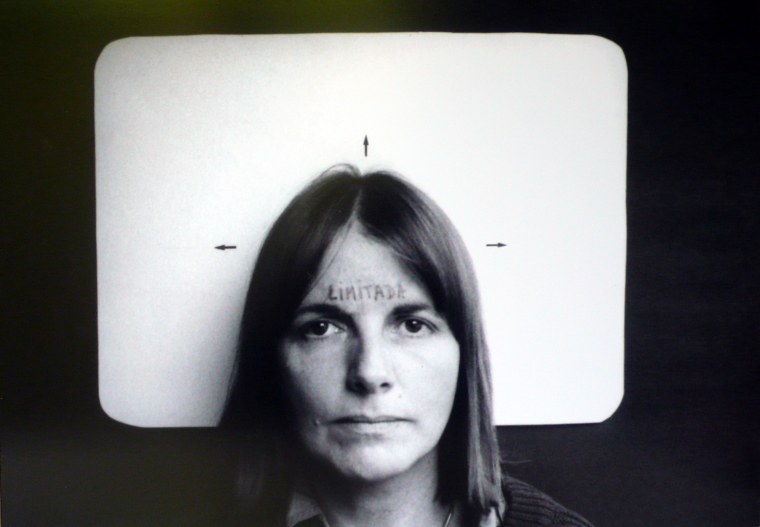
One exhibit garnering a lot of attention is “Radical Women: Latin American Art, 1960-1985,” a groundbreaking show illuminating the contributions of more than 100 women artists from 15 different countries, who pioneered experimental art forms to create a new emancipated female body.
It's the first time the exhibition has focused on art made by women in Latin America; Latinas and Chicanas. "I think it’s a project that resonates with present day politics, as it talks about the body and more specifically gender,” Preciado said about the exhibit, which goes through the end of December.
Related: These Latino Artists and Entrepreneurs Are Transforming Fresno, California
Liliana Porter, whose work is featured in “Rebel Women,” says, that an event like PST can opens doors. “Not only through communication with the rest of North America, but with ourselves and the different American cultures.”
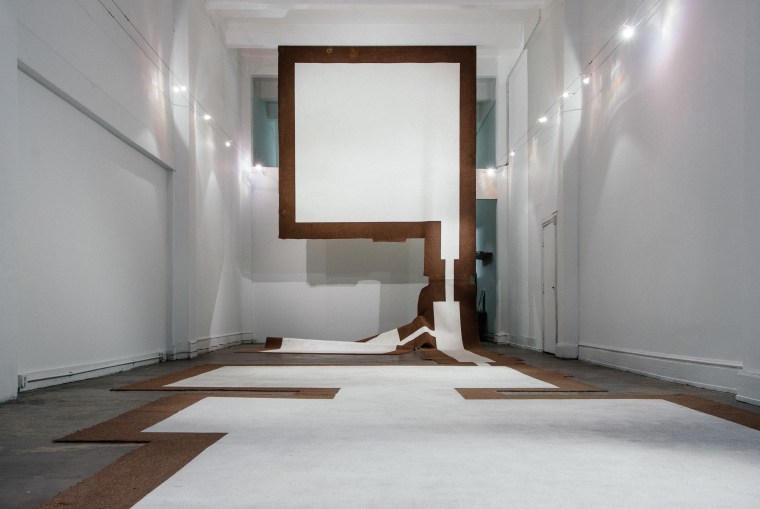
Carmen Argote is one of the emerging artists featured in “Home—So Different, So Appealing,” at the Los Angeles Contemporary Art Museum (LACMA). The exhibit showcases U.S. Latino and Latin American artists from the late 1950s who use the concept of "home" to look at at socioeconomic and political issues.
“It isn’t so much a dichotomy, but you see the way things layer on top of each other, with the histories of Latin America and the U.S. and how those two things are always conversing,” Argote said.
"Murales Rebeldes!: LA Chicana/o Murals Under Seige,” focuses on murals created by Chicana/o artists in L.A. that have been contested or threatened, such as the groundbreaking mural created by Chicana muralist Barbara Carrasco that was originally censored.

"They [the murals] speak of inequalities faced by the Chicano community, and they tell stories that aren’t being told in institutional spaces. But speaking truth to power brings them under threat,” said Erin Curtis, senior curator of LA Plaza de Cultura y Artes. The show was done in conjunction with the California Historical Society, which through the Getty Foundation grants was able to also publish a book.
"We did a lot of original research for this project and a lot of that research gets carried forward in books. Even though we live in a digital world now, a book carries that info, those stories and that history forward and memorializes what took place,” said Jessica Hough, director of exhibitions for the California Historical Society.
If you can't make it to California, you may still be in luck to see some of these exhibits. More than a dozen PST exhibitions will travel across the U.S. and Latin America following their stints in California, including visits to Mexico City, New York, Lima, Puebla, Buenos Aires, Miami, Houston, Chicago and Phoenix.
